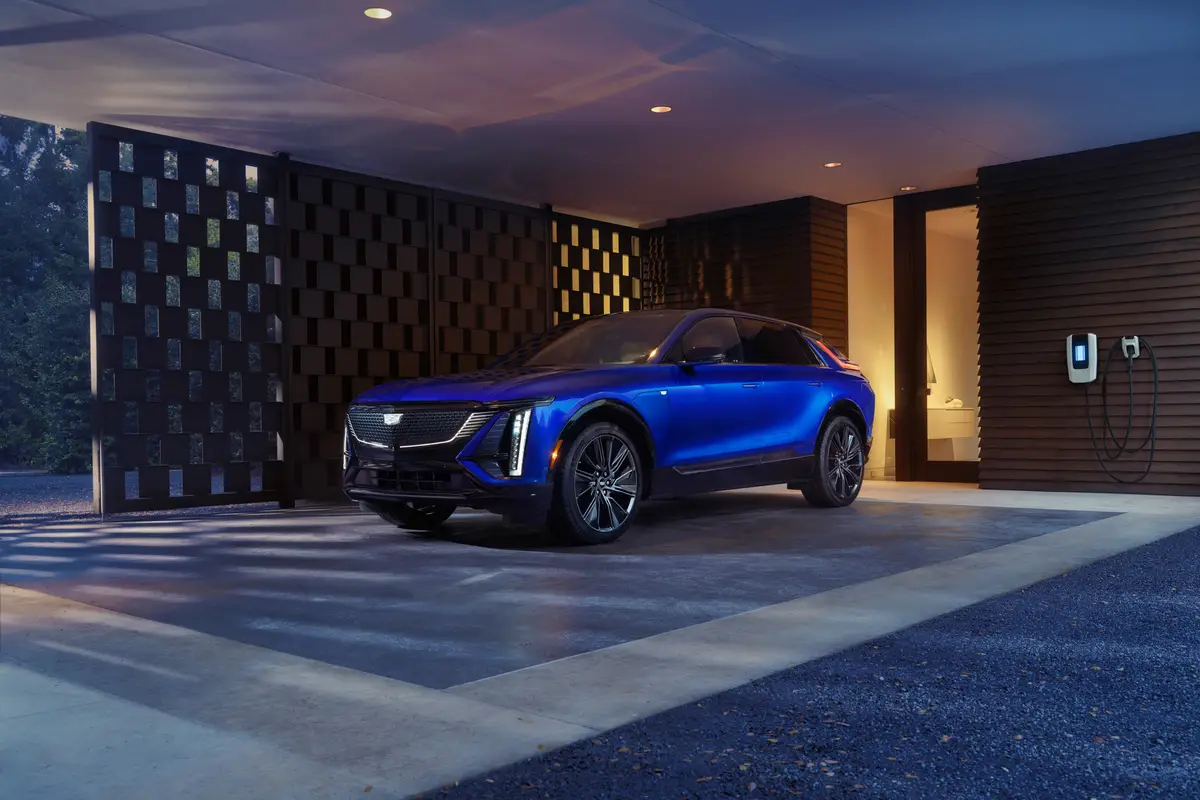washingtonpost.com's view
THE FIRST garage wanted $25 for overnight parking, which seemed ridiculous.
The second garage asked for $18, which seemed reasonable, until I noticed some older and somewhat battered cars parked there. I was driving a 1997 Pontiac Grand Prix GTP, a super-sleek, black-on-black, head-turner supreme. It would’ve stood out and been more of a target for theft or vandalism.
I found lower prices at a few other garages, but turned them down for the same reason. So I parked at garage number one.
One of the attendants smiled and gestured toward sparkling rows of BMW, Mercedes-Benz, Acura, Lexus and high-end domestic cars.
“You better park here,” he said, nodding towards the Grand Prix GTP. “It’s pretty. We’ll make sure it stays that way.”
Background: I never thought I’d have to buy protection for a Grand Prix. But the 1997 model, particularly the tested GTP, may be worth the cost. It’s probably the best Grand Prix ever in the 35 years Pontiac has been producing the car.
Credit goes to General Motors Corp.’s new way of developing cars: The company puts a team in charge of developing one vehicle line, and makes the team stick with the job until it’s done. And “done” means making the team responsible for everything — vehicle concept, design, assembly and marketing. Japanese manufacturers pioneered this team approach and Chrysler Corp., Ford Motor Co. and GM followed suit.
In the past at GM, one group of people would come up with an idea for a new car. Another group would design it. Another would try to figure out how to put the thing together on the assembly line, and still another group would try to come up with a way to sell it. To make matters worse, members of all those different groups would change frequently, leaving no one responsible for the final product, which often turned out to be a mess, like many of those tacky Grand Prix models of the 1980s.
By comparison, the 1997 Grand Prix is a work of miraculous consistency. It looks and feels like a sporty, mid-size car. It’s more structurally sound than its predecessors, nary a rattle, even on New York streets. It embraces practicality without sacrificing sexuality. It’s fun.
The new Grand Prix is available as the base SE sedan, sporty GT sedan or coupe, or the super-sporty GTP sedan or coupe. All are front-engine, front-wheel-drive models capable of seating five people and carrying 16 cubic feet of cargo.
The standard engine on the SE sedan is a 3.1-liter V-6 rated 160 horsepower at 5,200 rpm, with torque rated 185 pound-feet at 4,000 rpm.
The GT gets a standard 3.8-liter V-6 rated 195 horsepower at 5,200 rpm with torque rated 220 pound-feet at 4,000 rpm. The GTP gets a supercharged version of that engine rated 240 horsepower at 5,200 rpm, with torque rated 280 pound feet at 3,200 rpm.
General standard equipment includes dual front air bags, daytime running lights, halogen headlamps, fog lamps, power windows, four-wheel-disc brakes with anti-lock backup, a com puterized ignition key and an electronically controlled four-speed automatic transmission.
Complaints: The steep slant of the new Grand Prix’s windshield takes some getting used to. It feels like you’re sitting right under the glass. I’m 5’7″. Taller people might have headroom problems.
Praise: Overall construction and design. The car is wider, with a two-inch improvement to 61.5 inches, and a longer wheelbase, a three-inch increase to 110.5 inches, helps to give the new Grand Prix much better ride and handling than previous models. Impressive road performance in the tested GTP version.
Head-turning quotient: This car is to people what wet sugar is to ants. Choose a high-security garage.
Ride, acceleration and handling: Triple aces. More than enough performance to please normal drivers — those who think that 65 mph to 75 mph on highways is fast enough. Braking was excellent.
Mileage: About 23 to the gallon (18-gallon tank, estimated 400-mile range on usable volume of p emium unleaded), mostly highway and driver only.
Sound system: Optional eight-speaker, Delco 2001 Series AM/FM stereo radio and compact disc. Excellent.
Price: 1997 Grand Prix models are scheduled to arrive at dealerships this summer, so prices shown here are preliminary. Estimated base price for the SE sedan is $18,579; the GT coupe, $19,359; the GT sedan, $20,359; and the GTP, $22,000. All prices include an estimated $550 destination charge. Dealer invoice prices will range from an estimated $17,100 to $20,500.
Purse-strings note: Compare with Ford Thunderbird LX, Dodge Avenger, Toyota Camry, Dodge Intrepid, Nissan Maxima and Ford Taurus/Mercury Sable.
Latest news



